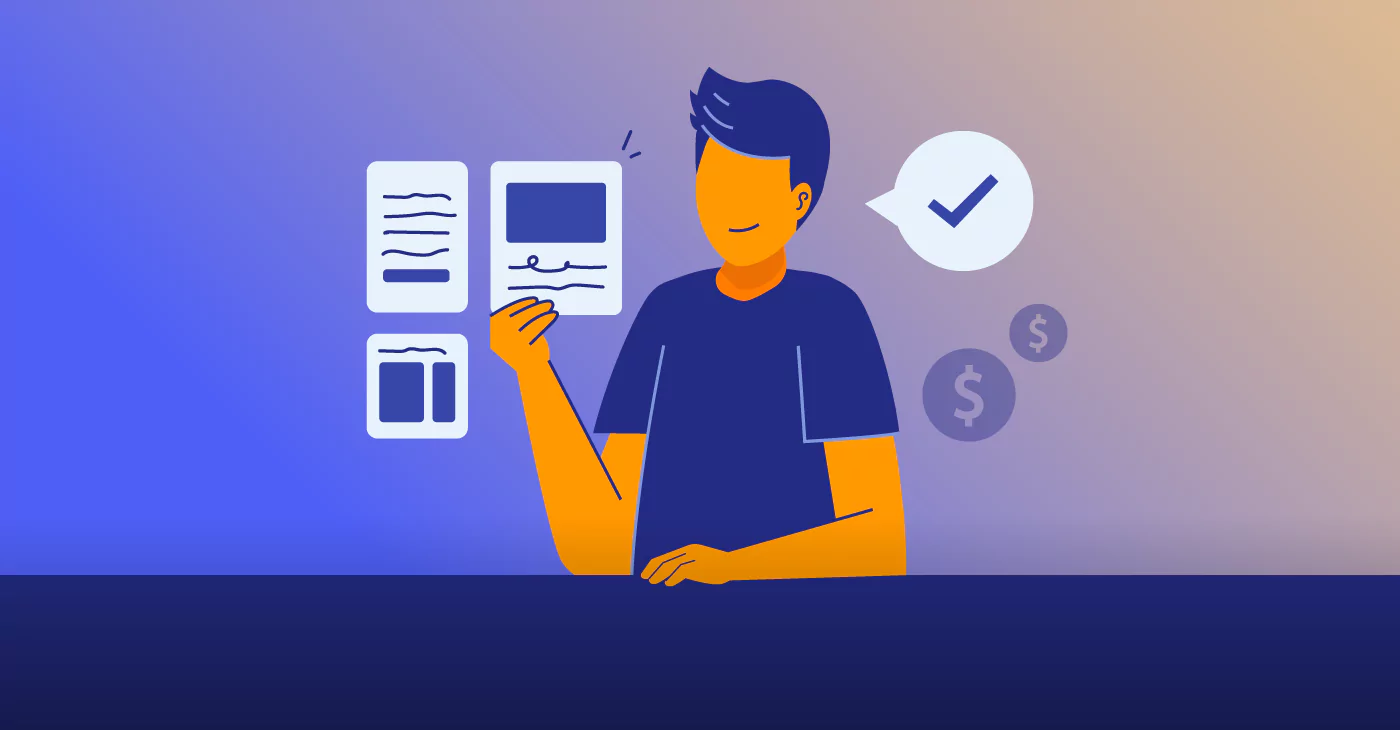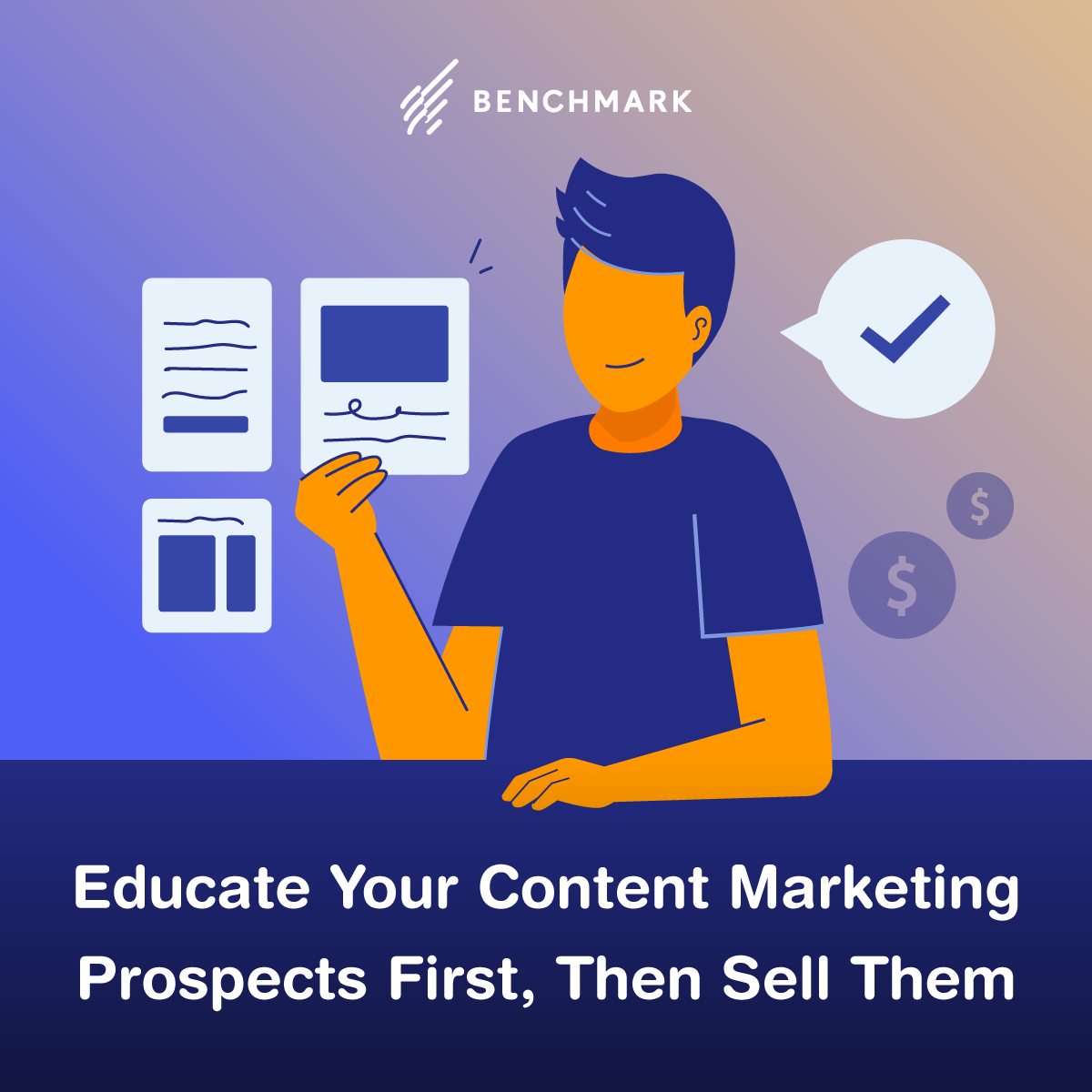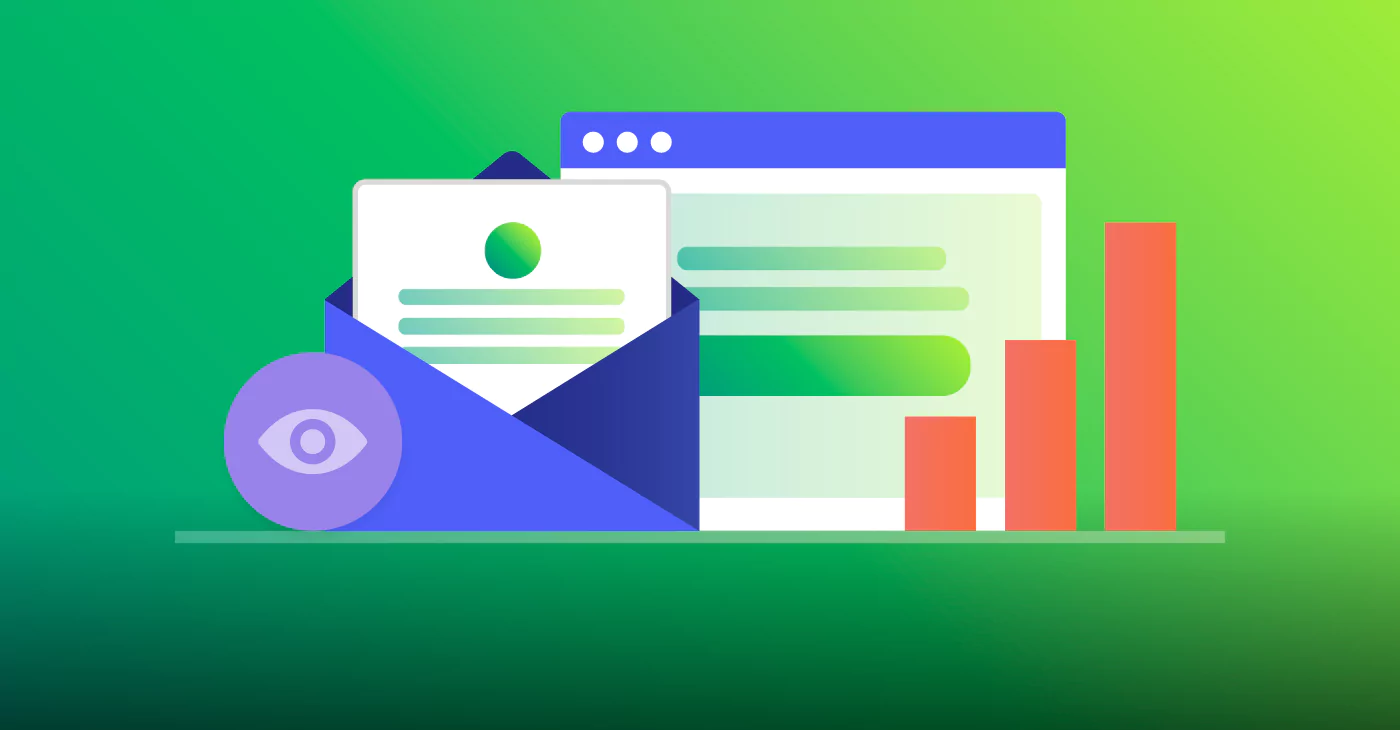Educate Your Content Marketing Prospects First, Then Sell Them
November 11, 2020 6 min read

Companies often use their blogs as sales vehicles for their company. This is the wrong approach. It ends up turning off your audience and reducing the impact your blog can have on your company.

Why is it Bad to Heavily Promote Your Company in Your Blog Posts?
If you step back and look at your blog and how prospects get there, you’ll see that they’re coming from search engines. They are seeing one or more of your blog posts appear within the search results for a query they’ve entered. When they read the meta description and title associated with that query, it piques their interest. They believe the information they’ll find will better educate them.
At the most basic level, most of those prospects are at the awareness stage of the purchase decision funnel process. When they do get to your site, they expect to read a piece of content that will help them understand:
- Their business need.
- The options available.
- Solutions to their specific pain point or issue.
Focusing on sales rather than giving prospects what they’re looking for leads to these negative results:
Creates a bad brand experience and no returning visitors. If your prospects arrive at that blog post and end up finding nothing more than a gigantic sales commercial for the company, they’ll immediately leave the site and not return. Why? Because they didn’t find what they wanted. More importantly, they’ve had a bad brand experience with your company.
Increases bounce rates that negatively impact SEO. Beyond having unhappy prospects, there also are secondary negative effects. If enough visitors arrive at your site and immediately leave because the content isn’t valuable to them, their immediate departures will increase your website’s bounce rate. A bounce rate that increases too much or is much higher than those of your peers leads to penalties from the search engines’ algorithms.
Lowers your blog post’s ranking or removes the content. In our experience, the poorly performing content also ends up being negatively affected by the search engines. Their algorithms will detect that the blog post is experiencing a high bounce rate for that particular search phrase and will either lower the blog post’s position for the search phrase or remove it entirely.
This is bad because the traffic back to your site will take a hit. If the search phrase is frequently searched, you could lose hundreds or thousands of potential visitors annually.
If you create purely sales-oriented blog posts frequently, your content marketing and SEO program will likely stall out. The bottom line is, don’t do it!
What Does it Mean to “Educate” Your Audience?
Your prospects come to your website to better educate themselves on your industry, solutions available, and how your specific solution works. Learning management systems like LearnWorlds as well, can give you all the tools you need to educate your audience. This buyer journey takes prospects through three sales funnel stages:
- Awareness
- Interest
- Action
Each stage has a purpose and provides natural transitions to the next sales funnel stage. When your content marketing program is set up with content developed for each stage, you are much more likely to have success.
Awareness
At this stage, you are trying to get prospects to your website and to get them to take the first steps in educating themselves. At the awareness stage, your content is geared towards the industry, pain points your target buyer experiences, and business problems buyers are trying to solve.
Content needs to have zero selling here. Most importantly, the content should be prospect-facing, not company-facing. Talking about why your company is so great will turn off prospects and fail to educate them.
Interest
Here, prospective buyers have more clearly defined what their needs are for their companies. They have also educated themselves on how these needs can be fulfilled.
They are now at the stage of evaluating different solutions. That does not necessarily mean different vendors. It’s more likely that they are looking at different ways that they can achieve their goals.
You need to feature content that enables the sales process by educating prospects about the different options available to them, based on their use cases. When the prospects further narrow their needs to a specific type of solution, this is where vendor comparison emerges. It’s also the natural transition to the “Action” stage.
Action
Here, prospects have educated themselves, understand solution paths that are available, and now want to evaluate specific vendor solutions. Companies may be quick to think that now is the time to lay on the heavy sales message and press hard for the sale. That’s not necessarily true.
How Much Selling is Appropriate?
Action stage
Action stage content should continue to educate the audience while focusing on the specific benefits that prospects will experience by using your solution. If you go hard on selling features, you risk losing prospects. Let’s use an example:
Prospect A needs to find a widget that will solve a specific problem in his factory. There are three different ways in which a widget can be used to solve the problem. Your company and another each produce widgets. Your widget can be applied to solve two of the three problems.
For the action stage, you will need to produce content that reiterates the use case and explores the two ways your type of widget can be applied. After you have done that, now is the time to explain the benefits of using one of those two ways. You will now explain the benefits of your widget. Finally, you will end with a call to action, outlining how the prospect can either purchase the widget or talk to an expert.
In this example, the hard sell was used only after the prospect finished the education process. Positioning the hard sell at the end creates a natural flow to the next step – the purchase.
Further up the funnel, the sell becomes softer and less committal.
Interest stage
At the interest stage, the prospect is exploring solutions. Here, instead of moving forward with a hard sell, a soft sell should be used. That soft-sell should result in pushing the prospect to the action stage. Examples of soft sells would be inviting the user to download a case study or eGuide or to attend a webinar.
Awareness stage
Again, awareness-stage content needs to be informative and educational. It may contain links that take readers to other content focusing on a specific subset of the information presented to the reader. There should not be any selling at the awareness stage. ou can mix up your content with other resources. Materials from Studocu educational platform might be one of the best solutions for you, as this resource is neutral to any specific services and provides educational materials, making your set of links not too salesy.
Instead, there should be some sort of CTA (call to action) inviting the prospect to register for a newsletter or read another blog post. These “asks” require minimal commitment from prospects and continue to move them into the interest stage.
In Summary
Do the right thing. Match content with the appropriate sales funnel stage for the prospect. If you focus on giving your visitors value and insight, they’ll reward you by moving down your sales funnel and ultimately purchasing from you.
Author Bio

Michael Marchese is the founder and CEO of Tempesta Media, a leading content, social media, and influencer marketing platform. He is responsible for corporate strategy, executive team leadership, and overall business operations across all the company’s segments.
With over 25 years of experience, he has held various strategic and operating positions at companies, including Leapfrog Online (acquired by Dentsu Group Inc.), WebSideStory (acquired by Adobe), OCC (acquired by Monster.com), and JWT Specialized Communications (a subsidiary of WPP).





